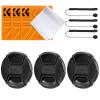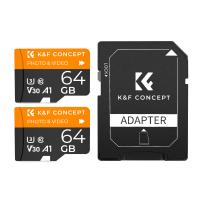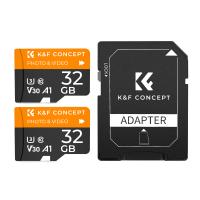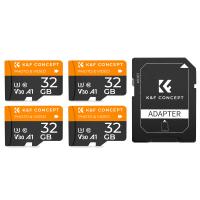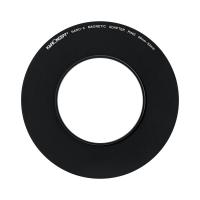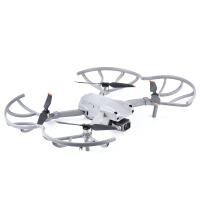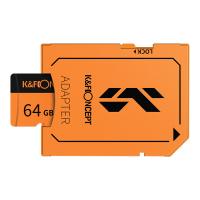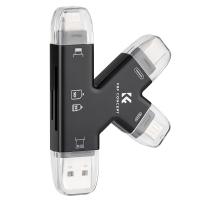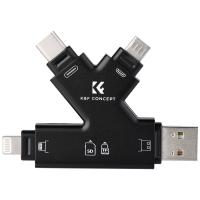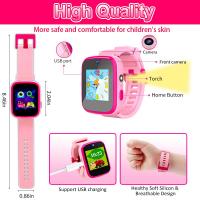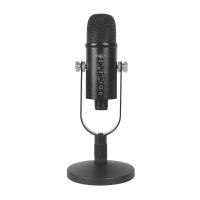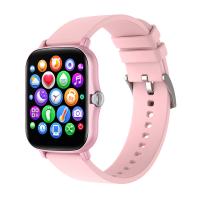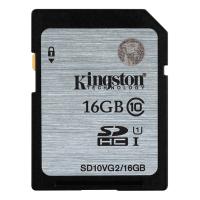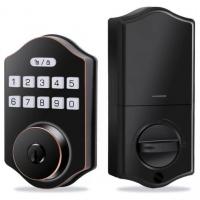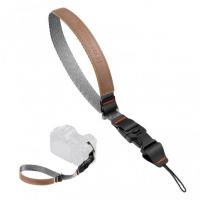Can I Download Apps On Sd Card?
In today's digital age, smartphones have become an essential part of our daily lives. They serve as our communication hubs, entertainment centers, and even our personal assistants. However, one common issue that many smartphone users face is the limited internal storage capacity. With the increasing size of apps and media files, it doesn't take long for the internal storage to fill up, leading to performance issues and the inability to download new apps. This is where the option to download apps directly to an SD card becomes invaluable.
Understanding the Basics
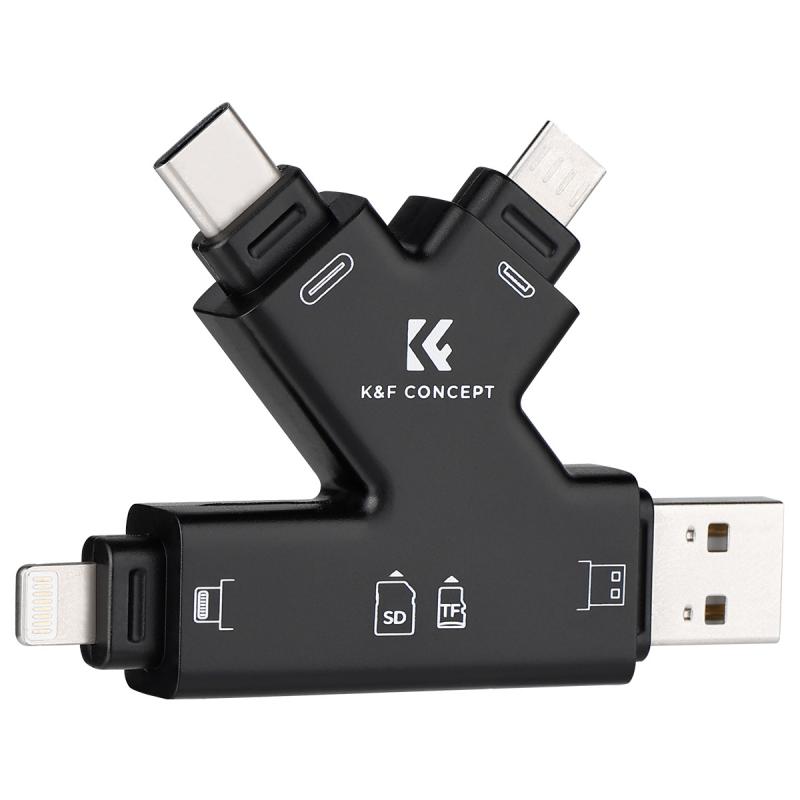
Before diving into the specifics, it's important to understand the basics of smartphone storage. Most smartphones come with a certain amount of internal storage, which is where the operating system, pre-installed apps, and user data are stored. In addition to internal storage, many smartphones also support external storage in the form of an SD card. SD cards come in various capacities, ranging from a few gigabytes to several hundred gigabytes, providing a flexible solution for expanding storage.
Why Download Apps to an SD Card?

There are several reasons why you might want to download apps directly to an SD card:
1. Limited Internal Storage: If your smartphone has limited internal storage, downloading apps to an SD card can free up space for other important files and improve overall device performance.
2. Large App Sizes: Some apps, especially games and multimedia apps, can be quite large. Storing these apps on an SD card can prevent your internal storage from filling up quickly.
3. Flexibility: SD cards can be easily swapped between devices, allowing you to transfer apps and data without the need for complex backup and restore processes.
How to Download Apps to an SD Card
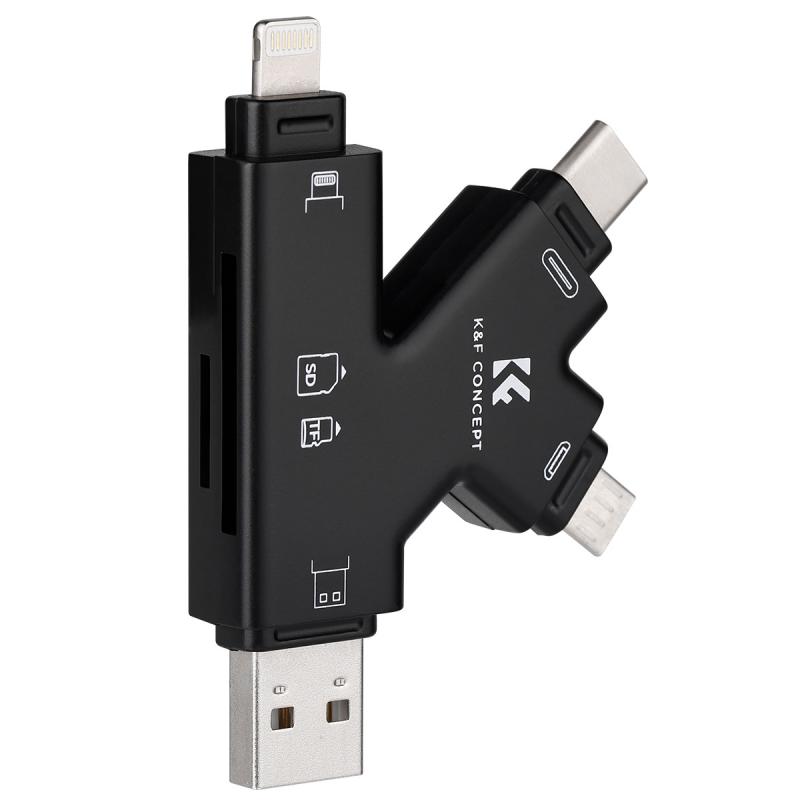
The process of downloading apps to an SD card can vary depending on the operating system and the specific device you are using. Below, we will outline the steps for both Android and iOS devices.
For Android Devices
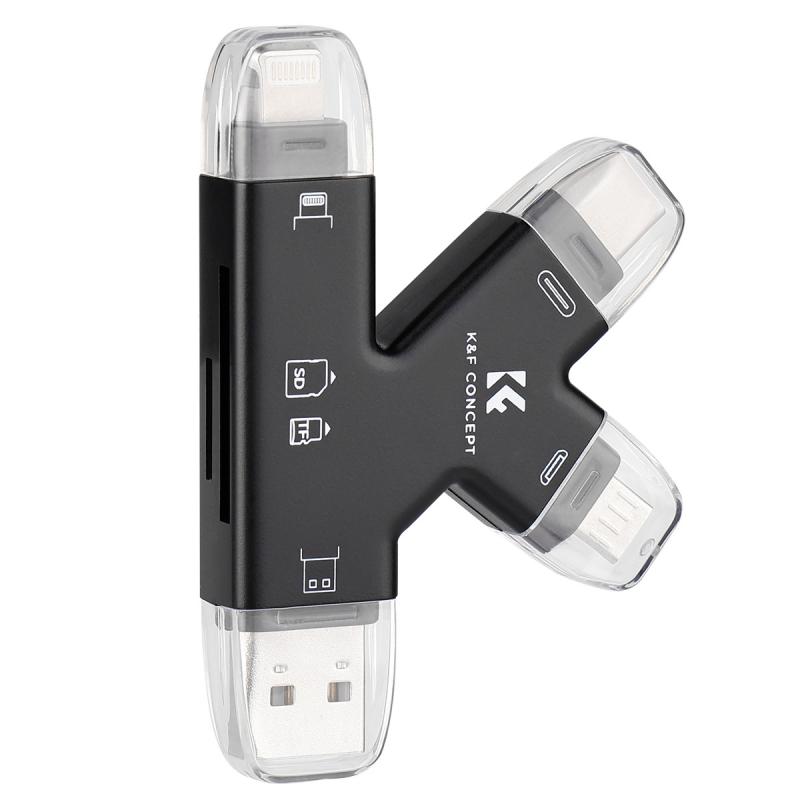
Android devices generally offer more flexibility when it comes to managing storage. Here are the steps to download apps to an SD card on an Android device:
1. Insert the SD Card: Make sure the SD card is properly inserted into your device. You may need to format the SD card if it's not already formatted for use with your device.
2. Set the SD Card as the Default Storage: Go to the "Settings" menu, then navigate to "Storage" or "Storage & USB." Select the SD card and choose the option to set it as the default storage location.
3. Move Existing Apps to the SD Card: For apps that are already installed on your device, you can move them to the SD card. Go to "Settings," then "Apps" or "Application Manager." Select the app you want to move, then choose the "Move to SD card" option.
4. Download New Apps to the SD Card: Once the SD card is set as the default storage location, new apps should automatically be downloaded to the SD card. If not, you can manually move them using the steps outlined above.
For iOS Devices
Unfortunately, iOS devices do not support downloading apps directly to an SD card. Apple devices are designed with a closed ecosystem, and the internal storage is not expandable. However, there are a few workarounds to manage storage more effectively:
1. Use Cloud Storage: Utilize cloud storage services like iCloud, Google Drive, or Dropbox to store photos, videos, and other large files. This can free up internal storage for apps.
2. Offload Unused Apps: iOS has a feature called "Offload Unused Apps" that automatically removes apps you don't use frequently while keeping their data intact. You can enable this feature in the "Settings" menu under "iTunes & App Store."
3. External Storage Devices: While you can't download apps directly to an SD card, you can use external storage devices that connect via the Lightning port to store media files and free up internal storage.
Potential Issues and Solutions
While downloading apps to an SD card can be a great way to manage storage, there are a few potential issues to be aware of:
1. Performance: SD cards are generally slower than internal storage, which can lead to slower app performance. To mitigate this, use a high-speed SD card (Class 10 or UHS-I/UHS-II).
2. Compatibility: Not all apps support being moved to an SD card. Some apps, especially system apps and those with widgets, need to remain on internal storage.
3. Data Loss: If the SD card becomes corrupted or is removed improperly, you could lose data. Always safely eject the SD card and regularly back up important data.
In conclusion, downloading apps to an SD card can be a practical solution for managing limited internal storage on your smartphone. While Android devices offer more flexibility in this regard, iOS users can still take advantage of cloud storage and external storage devices to manage their storage needs. By understanding the steps and potential issues involved, you can make the most of your device's storage capabilities and ensure a smooth and efficient user experience.

